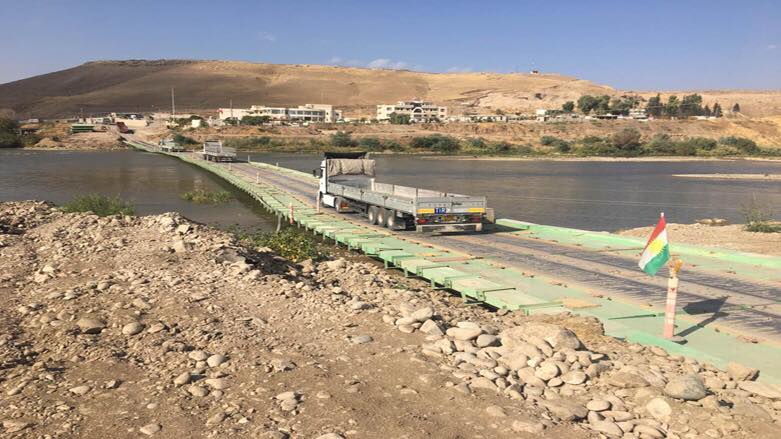The administration of the Semalka border crossing between Syria and the Kurdistan Region of Iraq has announced the reopening of the crossing to traffic after being closed for nearly three weeks.
According to a statement released by the crossing administration, work will resume at the Semalka border crossing starting Monday, following the previous operational procedures.
The crossing will be accessible to traffic three days a week, specifically on Saturdays, Mondays, and Wednesdays.
The reopening of the crossing includes the Humanitarian Relations and Organizations Section, as well as the Commercial Section.
Pictures from the crossing circulated on social media on Monday, showing the movement of vehicles during the first day of its reopening.
“Politicization” of the Semalka border crossing
On May 11, the Kurdistan Region of Iraq abruptly closed the Faysh Khabur-Semalka border crossing with Syria, including its commercial and humanitarian sections, without providing any explanation or timeline for reopening.
The administration of the Semalka crossing on the Syrian side stated that they were informed by the Kurdistan side, specifically the Faysh Khabur crossing administration, about the closure of the border crossing to traffic and commercial activities.
Amidst these developments, it was emphasized that the Rojava crossing in northeastern Syria remains open and has always served as a humanitarian route.
The Syrian side accused the Iraqi Kurdistan administration of using the border closure as a political tool, although no specific details were provided.
It is worth noting that the closure occurred following the Autonomous Administration’s refusal to allow the Kurdish National Council delegation to enter Iraqi Kurdistan, which likely contributed to the strained relations leading to the border shutdown.
The purpose of the delegation’s visit was to attend the inauguration of the Barzani Museum and make arrangements for the upcoming conference of the Kurdistan Democratic Party (KDP), which is the largest party within the Kurdish National Council.
The Semalka crossing was established in 2012, and its administration constructed an iron bridge over the Tigris River to facilitate the movement of goods across the border.
Over the years, the crossing has served as a vital route for thousands of Syrians seeking refuge or employment, as they fled the war in their home country.
Being the sole connection between the Kurdistan region and Syria, the crossing witnessed a decline in activity after 2003 when the Rabia crossing became more prominent.
This article was translated and edited by The Syrian Observer. The Syrian Observer has not verified the content of this story. Responsibility for the information and views set out in this article lies entirely with the author.


